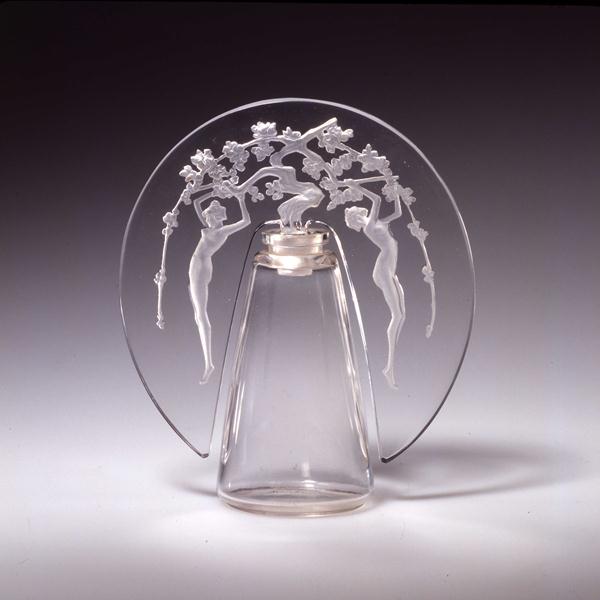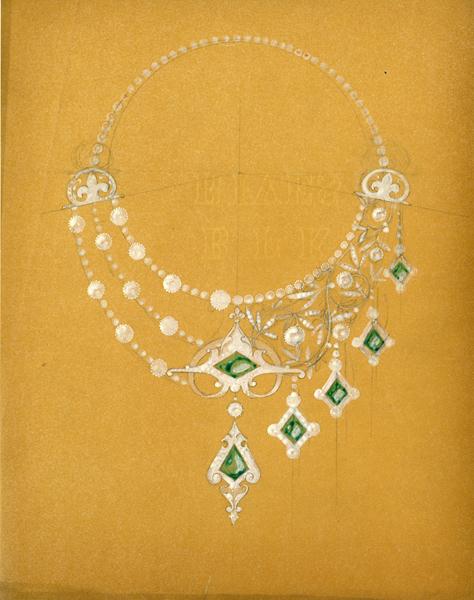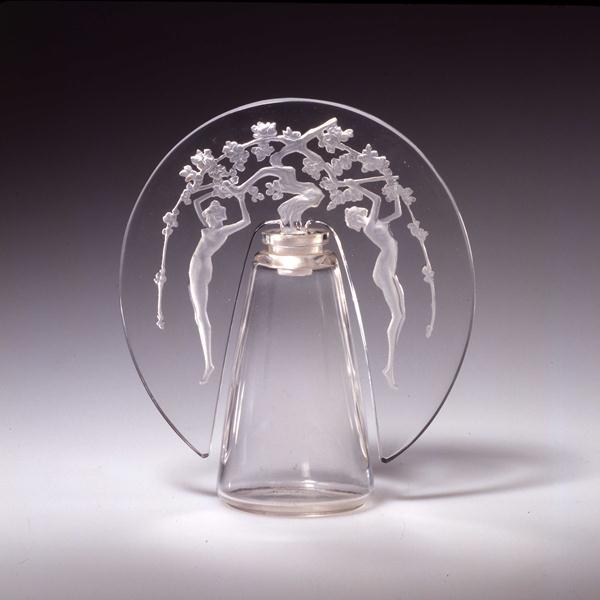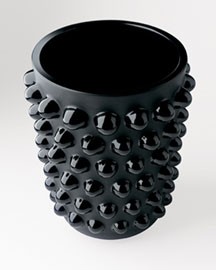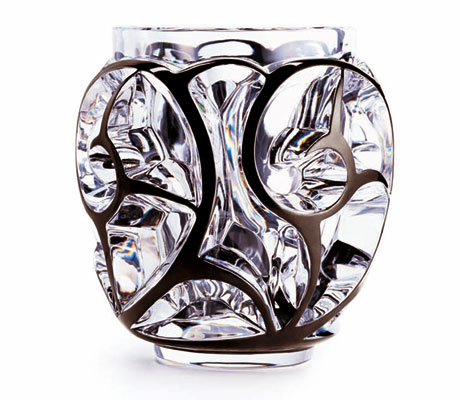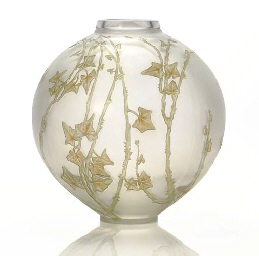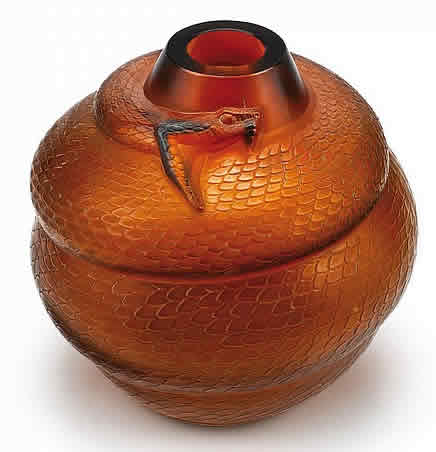Last month saw the opening of the very first museum dedicated to the entire artistic output of René Lalique (1860-1945), jeweller and glass maker. In his early career as a designer, he produced jewellery designs for famous houses such as Cartier and Boucheron. By 1885 Lalique had opened his own business, designing for himself, creating intricate pieces that reflected the aesthetic of his time. Art Nouveau was rising, and Lalique was positioning himself in the centre of this movement.
He began experimenting with glass in his jewellery, as a much less expensive material, and he spent significant time exploring its adaptability. Shortly after 1918 he purchased a glassworks in Wingen-sur-Moder where he began mass-producing glass artefacts, perfecting such techniques as cire perdue and applying industrial techniques to his designs. Like his contemporary designers he too was embracing the new technologies of the industrial era. The inter-war period saw a great leap in creativity in European glassmaking, and René Lalique was the genius driving it forward. Admired by the likes of Emile Gallé and with famous clients such as Sarah Benrhardt, Lalique created magnificent decorative pieces, culminating with the, by then Art Deco interiors for the ocean liner SS Normandie, and the fountain at the Paris 1925 Exhibition.
His signature opalescent glass, moulded and worked in intricate designs, geometric and figural, with floral and animal decorations, is renowned the world over. The place which he chose as his manufacturing base has now become the official home of Lalique glass and crystal, and includes jewellery, designs and drawings and perfume bottles. The gardens surrounding the Museum are equally important, designed by Neveux et Rouyer, and they enhance the Art Nouveau dialogue between nature, modern life and the decorative arts.
The building housing the Lalique collection and documentation centre, an archive complete with catalogue raisonés and various sources on the period and glassmaking in general, was designed and overseen by the Agence Wilmotte, who has also been entrusted with the design of the Museum of Fashion in Marseilles (1993), and the reworking of the Musée d’Orsay in Paris (in progress), and has collaborated on the National Museum in Beirut (1999) and the Museum of Islamic Art in Doha (2008).
Although a bit of a trek to get to, the new Musée Lalique seems to be the new temple to Art Nouveau/Deco, one that all its aficionados will be flocking to. So if you are a Lalique fan, and want to see the real thing in its original place of production, keep it on your radar!
